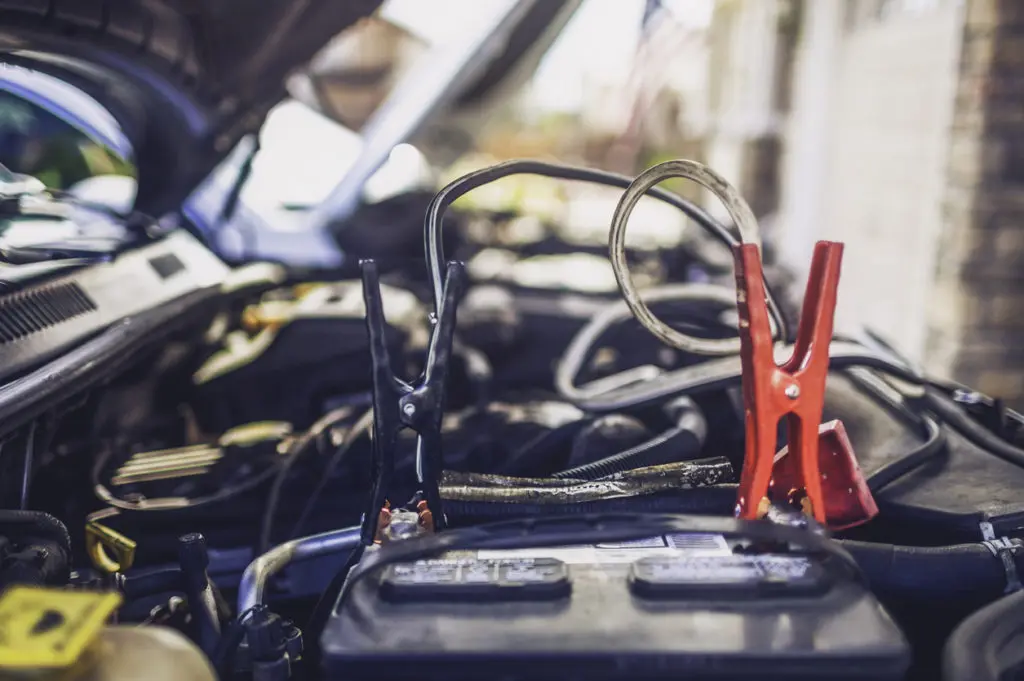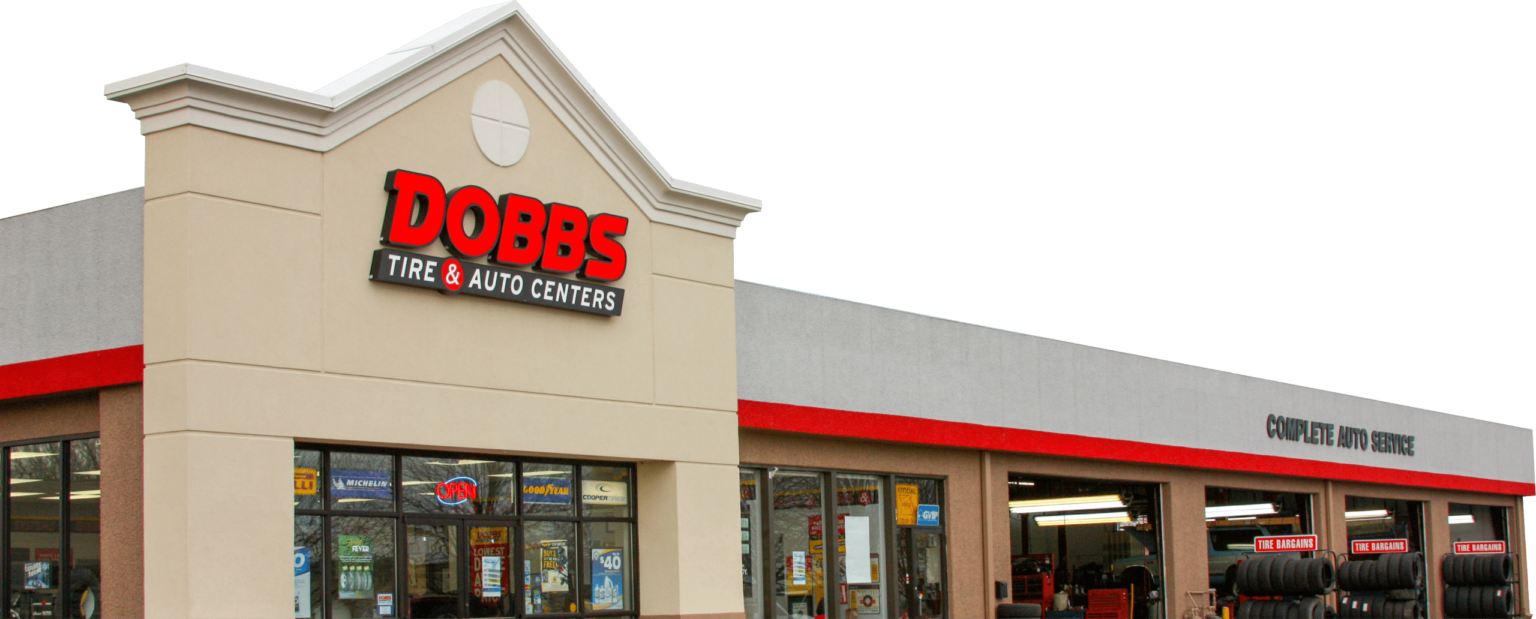Dead Battery? How to Jump Start Your Car Safely
If you drive to work or school every day, you probably never think twice about your car battery, much less knowing how to jump start it, in case something goes wrong. After all, every day you simply turn the key, the engine starts, and you’re off and running. What if “nothing” happens when you turn the key? If you know how to jump start your car, and you have a jump box, second car, or a neighbor’s car, then you’ll be back on the road in no time.
Vehicle Electrical System Basics
Under the hood, there are two critical components to your car’s electrical system: battery and alternator, sometimes referred to as a generator. Even with the vehicle “Off,” there are a number of things that are being powered by the battery, albeit at a very low state. Computer module memory might be powered this way, so when you start the car your radio presets still work and the engine control module (ECM) already knows your vehicle running characteristics. If you step on the brake pedal, the brake lights will shine, and if you turn the headlights on, they’ll turn on. These circuits are always powered by the battery.
When you turn the key to the “Accessory” or “Run” position, you’ll note various lights on the dash testing themselves, some relays may start clicking to power up various systems, such as the fuel pump. The radio and fan might come on, depending on whether you left them on before. When you turn the ignition key, battery power is fed through these systems to get the engine ready for starting.
Finally, after turning the key to “Start” and releasing it, the engine should be running. At this point, the belt-driven alternator starts spinning, generating electricity for two purposes. Primarily, the alternator generates electricity to run the vehicle, such as the ECM, fuel and ignition system, transmission controls, radio, air conditioning, internal and external lighting, windshield wipers, and so on. Secondly, the alternator generates electricity to recharge the battery. The battery also absorbs electrical spikes from high-power items, such as the air conditioning compressor or turning off headlights.
Why Might You Need to Jump Start Your Car?
During typical usage, the battery rarely discharges very much, just enough to start the car. There are at least a few things that can cause a “dead” battery, so it’s a good idea to know how to jump start your car.
- Left something on – This can happen to any of us. We get to work or back home and park the car, and we leave the headlights or a dome light on. The light drains the battery for hours and then you have no “juice” left for starting the car. Oops!
- Battery Age – The average car battery has typical lifespan of five to seven years, so it’s a good idea to have your battery tested. We suggest testing your battery every six months – just before winter is perfect, because winter can often push a weak battery beyond its limits. You should replace a weak battery before it leaves you stranded.
- Alternator – If the alternator is weak or dead, it won’t charge the battery. While the engine is idling, you should measure at least 13.5 V. With the headlights, defrosters, and air conditioning on and the engine running around 2,000 rpm, the voltage shouldn’t drop below 13 V. If it does, you could have a weak alternator. Have it tested and replaced, if necessary.
- Corrosion – The flow of electricity and battery chemicals can cause copper sulfate (green corrosion) or lead sulfate (white corrosion) to form. These compounds don’t conduct electricity, so they can interrupt the flow and make you think you have a dead battery. Of course, it also impedes the alternator’s ability to charge the battery. In this case, you may need to clean your battery terminals before you jump start your car.
How to Jump Start Your Car
Jump starting your own car is really simple, but it doesn’t come without its dangers. First, you’ll need a jump box, or a second vehicle and jumper cables. Second, you need to know the difference between positive (+) and negative (–). Some vehicles may differentiate the positive and negative terminals by color – positive is usually red. Other vehicles may differentiate by the (+) or (–) symbol. Also, it’s good to know that the positive terminal on post batteries is bigger than the negative terminal. This is important, because you can fry the vehicle electronics if you attempt to jump start your car backwards (reverse polarity), which can be quite an expensive repair. Check your owner’s manual to be sure. If you don’t have one, you can ask your dealership or find one on eBay, Amazon, or JustGiveMeTheDamnManual.com.
Jump Starting with a Jump Box
Connect the red cable to the positive (+) terminal of the dead battery. Then, connect the black cable to the negative terminal (–) or a solid metal part of the engine or frame. Turn off all accessories, lights, radio, air conditioning, defrosters, etc. and then start your car. Once the car is running, disconnect the jump box in the reverse order of connection, that is, remove the black cable first, then the red cable. Be sure to recharge your jump box.
Jump Starting with Jumper Cables
You’ll need a buddy for this one, or his vehicle, more specifically. Park the running vehicle with the battery as close to yours as possible, but not touching. Connect the jumper cables, also called booster cables, in this order:
- Red Cable → Positive Terminal of Dead Battery (It does good to remember “Red Dead” so you know where to start.)
- Red Cable → Positive Terminal of Good Battery
- Black Cable → Negative Terminal of Good Battery
- Black Cable → Negative Terminal of Dead Battery or solid metal part of engine or frame of dead car
Once you’re hooked up, leave the live vehicle running and connected, running the engine around 1,500 rpm to boost the charge a little bit. After a few minutes, you should be able to start your car. Once your car is running, remove the cables in the reverse order of installation.
Dobbs Tire & Auto Centers is Here to Help
Keeping your car running, day in and day out, is our specialty. Here at Dobbs Tire & Auto Centers, our ASE-Certified automobile repair technicians are trained and equipped to keep your battery and electrical system running top notch. If you’ve had trouble starting your car, let us take a look at it. We’ll give you an honest estimate of its needs and explain anything you need to understand, so you can make an informed decision. Give us a call or visit us today!

